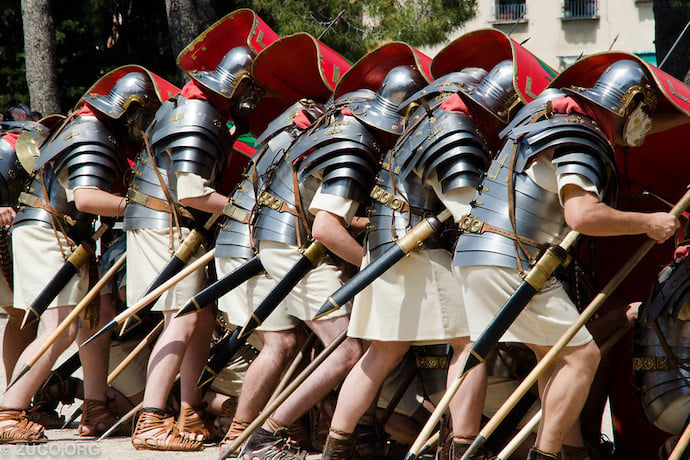When teachers build lessons for kids, there is always the hope that the content will be fascinating and engaging. Although, any teacher will tell you that given the standard limitations of the modern classroom, this can be a rather high bar. Not every lesson can be one that lights the fire of curiosity; however, when a lesson gets students truly motivated, this can lead to great intrinsic exploration.
One lesson I introduced to my curriculum recently caused this type of stir that teachers aim for. I saw a unit on cryptography and ciphers as a way to expand my lessons on Computational Thinking. What I found was that code making and code breaking are still classics that inspire curiosity in kids.
As a component of a unit on Computational Thinking, cryptography just makes sense. Computational Thinking is a set of cognitive problem-solving tools that help to organize and solve problems before enlisting the help of software. While computers are really good at code breaking, the task can be made much easier by employing tools like decomposition, algorithms, and pattern recognition beforehand.
Our lessons began with a thorough exploration of Caesar ciphers, codes that consist of letters from a shifted alphabet. As the story goes, these codes were designed by Julius Caesar to safely ferry messages to far flung troops. The cipher helped Rome maintain a line of communication across the vast Roman Empire and was considered difficult to break for many hundreds of years. However in the 9th century, the Arab mathematician, Al-kindi, discovered the way to break a Caesar cipher was to use a frequency analysis of each of the letters of the alphabet, a form of pattern recognition.
Asking students to decompose coded messages and practice frequency analysis on Caesar ciphers was a great introduction to Computational Thinking. They had to practice using pattern recognition across codes of varying degrees of difficulty, although most of my students made quick work of decoding the messages. Caesar ciphers were fun, but still too easy.
Next we moved on to substitution ciphers, a far more difficult form of code to crack. This is where my students’ Computational Thinking skills were really put to the test. Substitution ciphers are where each individual letter in the alphabet is substituted with another. Sometimes there is a keyword at the beginning of the alphabet, and at other times, they are true substitution ciphers.
I was a little bit wary that students would quickly get frustrated, but the challenge really stimulated their curiosity. Groups were competing against each other, and they were finding tips online to help them break their codes. There were a few talented students who graduated from keyword ciphers to working on true substitution ciphers. I was happy to see that this was where they finally met their match. Largely immune to frequency analysis, substitution ciphers require a deeper analysis of word combinations called bigrams and trigrams.
When even the most motivated students finally gave up on some of these harder ciphers, I explained that this is where we can finally use computing power to help us. Not every problem is able to be solved by the human brain alone. I ended up showing them how cryptographers use software to help break more difficult codes.
This lesson demonstrated to students how they can use cognitive tools to solve problems, but also that some problems require more firepower. In fact, these limitations are what inspired the great mechanical computers at the dawn of computing. Jacquard needed a loom that could be programmed to accept different patterns and designed a type of punch card to program it. Likewise, calculating the tides from a complex set of factors led Lord Kelvin to create his analog tide-predicting machine in 1872.
In the end, curiosity is what drives innovation generation after generation. As a teacher, it is fascinating to see students take part in that storied history. In this instance, the decoder rings may have been replaced by 3d prints and computers may have replaced the slide rule, but not much else has changed. Over the past few years, even as we have seen the nature of education itself change drastically, it is always great to see young people engaged with the age-old puzzles.
Learn More
The case for curiosity
https://hechingerreport.org/piqued-the-case-for-curiosity/
Innovative programs pique student interest
https://www.vancopayments.com/education/blog/innovative-programs-pique-students-interests
Using technology to motivate students
https://www.critical-links.com/2020/08/29/how-can-technology-can-motivate-students/
Strategies to pique students’ interest in learning
https://bestadvicezone.com/strategies-that-will-help-pique-students-interest-in-learning/”
How to cultivate curiosity in the classroom
https://greatergood.berkeley.edu/article/item/how_to_cultivate_curiosity_in_your_classroom
Engaging students by cultivating curiosity
https://avidopenaccess.org/resource/engage-students-by-cultivating-their-curiosity/

